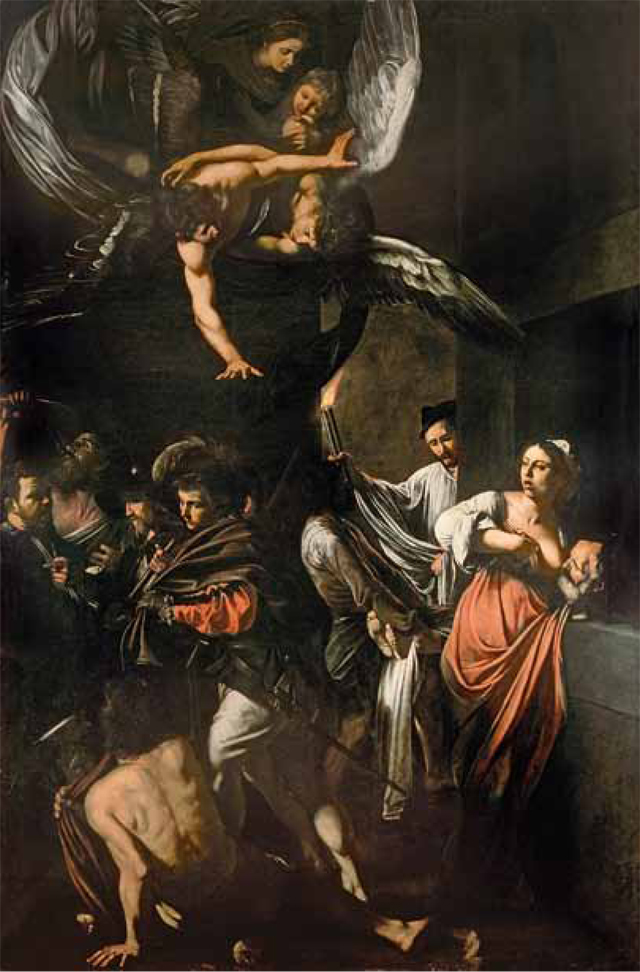My Favourite Painting: Allegra Hicks
Allegra Hicks chooses her favourite painting for Country Life.


The Seven Acts of Mercy, 1606, by Michelangelo Merisi da Caravaggio (1571–1610), 1531⁄2in by 102in, the church of Pio Monte della Misericordia, Naples, Italy. Bridgeman Images.
Allegra Hicks says: 'What always strikes me about this piece is the tangible relationship created between the human and the divine. It’s a visual description of the Seven Works of Mercy—a set of compassionate acts concerning the material welfare of others in traditional Catholic belief. Although it’s very religious, it manages to capture the most human of emotions in the spiritual. It’s not just his brushstroke and extraordinary use of light; it’s not just Caravaggio—it personifies with such beauty notions that, when spoken, can often seem recited rather than inspired.'
Allegra Hicks is a fashion and textile designer. She sits on the panel for the PAD London art fair, which runs from today until October 20.
John McEwen comments: 'Caravaggio’s name derived from his birthplace near Milan, but he made his dazzling artistic reputation in Rome. In 1606, he killed a man in a brawl and suffered the imposition of a banda capitale, which meant he could be lawfully killed by anyone anywhere. Safeguarded by the patronage of the great Roman dynasty of Colonna, he fled to Naples, then under Spanish rule, where the Colonna also had a formidable presence.
His arrival was a sensation and he received several important commissions. The most spectacular was for Pio Monte della Misericordia, a new church built by a charitable brotherhood of seven rich young noblemen, who met weekly to minister to the poor and sick, thus fulfilling two of Jesus’s six (to be precise) merciful requirements listed in Matthew 25, 34–46.
The picture unites Our Lady of Mercy with the seven acts, which are set in a Neapolitan back alley and allude to legends of the saints, plus biblical and even Classical heroes (Samson drinking water; imprisoned Cimon suckled (fed) by his daughter). Paul V was Pope, a model of humble parsimony similar to today’s Francis I. Their message is that faith alone is not enough: Christians should be active not passive. It lends the picture a powerful relevance. The modern translation is ‘faith, hope and [instead of ‘charity’] love’. No, the picture insists, St Paul meant that ‘the greatest of these is charity’. The monumental canvas took only weeks to complete, tribute to Caravaggio’s fabled facility.'
This article was first published in Country Life, October 16, 2013
Exquisite houses, the beauty of Nature, and how to get the most from your life, straight to your inbox.
Country Life is unlike any other magazine: the only glossy weekly on the newsstand and the only magazine that has been guest-edited by His Majesty The King not once, but twice. It is a celebration of modern rural life and all its diverse joys and pleasures — that was first published in Queen Victoria's Diamond Jubilee year. Our eclectic mixture of witty and informative content — from the most up-to-date property news and commentary and a coveted glimpse inside some of the UK's best houses and gardens, to gardening, the arts and interior design, written by experts in their field — still cannot be found in print or online, anywhere else.
